if you’ve ever stood in your kitchen, shrimp in hand, and wondered, “How do I turn these little beauties into a mouthwatering masterpiece?”, you’re not alone! Whether you’re looking to poach, roast, pan-sear, or even grill them, I’ve got you covered. Dive in with me as we explore the ins and outs of cooking shrimp, so you can achieve that perfectly succulent bite every time. And trust me, once you master these methods, you’ll be tossing shrimp into your Buddha Bowls like a pro.
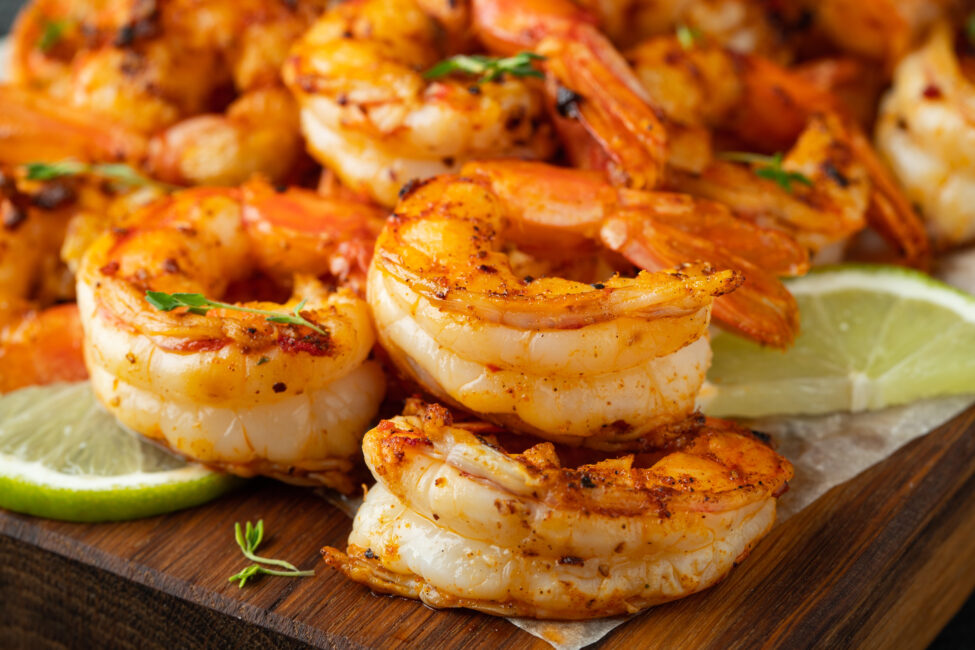
Shrimp’s Nutritional Spotlight
We often rave about how shrimp is a showstopper in our dishes, bringing that delectable oceanic flair to our plates. But beyond their delicious taste and versatility, there’s a lot going on under that curly, pink exterior. Shrimp is not just a treat for the taste buds; it’s a bona fide superstar in the nutritional realm. Let’s dive into the health perks of this tiny titan:
- Protein Powerhouse: Shrimp, ounce for ounce, is a lean source of high-quality protein. Just a 3-ounce serving provides about 18 grams of protein, which is essential for muscle building, repair, and overall body function.
- Vitamins & Minerals Galore: Shrimp boasts a robust profile of essential micronutrients. They are rich in selenium, a potent antioxidant that helps combat oxidative stress. Plus, they serve as a great source of vitamin B12, iodine, and phosphorus. And let’s not forget the bonus omega-3 fatty acids that support heart and brain health.
- Low-Calorie Delight: Watching your calorie intake? Shrimp is your friend. A 3-ounce serving contains roughly 84 calories, making it a delightful option for those looking to enjoy a flavorful meal without the calorie overload.
- Cholesterol Controversy: It’s true that shrimp has cholesterol, but recent research suggests that the cholesterol in our food doesn’t impact blood cholesterol levels as much as we once thought. Plus, shrimp contains ‘good fats’ which can balance the overall lipid profile.
- A Source of Astaxanthin: This might sound like something out of a science fiction novel, but astaxanthin is an antioxidant found in shrimp that has multiple health benefits. It supports skin health, reduces signs of aging, and even aids in muscle recovery for all you fitness enthusiasts out there.
So the next time you’re sizzling up some shrimp, know that you’re not just indulging in a culinary delight, but you’re also fueling your body with a myriad of health benefits.
How to Poach Raw Shrimp
Poaching is about subtlety, allowing the shrimp to cook slowly and absorb the delicate flavors of the liquid it’s bathed in. It’s the epitome of tenderness and juiciness, retaining the shrimp’s natural sweetness. Perfect for those who want their shrimp to shine without overpowering them with heavy seasonings or sauces. Whether you’re a seasoned cook or just diving into the kitchen waters, this method is foolproof and promises shrimp that are succulent to the core.
- Bring a saucepan of 3 cup of broth, water, or Buddha bowl sauce, or a mixture of some to a gentle simmer over medium heat.
- Add thawed shrimp to the pan and cook for 5-8 minutes, until they begin to turn pink.
- If the shrimp aren’t entirely covered, flip them once halfway through.
- Remove from the pan and serve warm in your Buddha bowl or place in the fridge to bring down in temp to serve chilled.
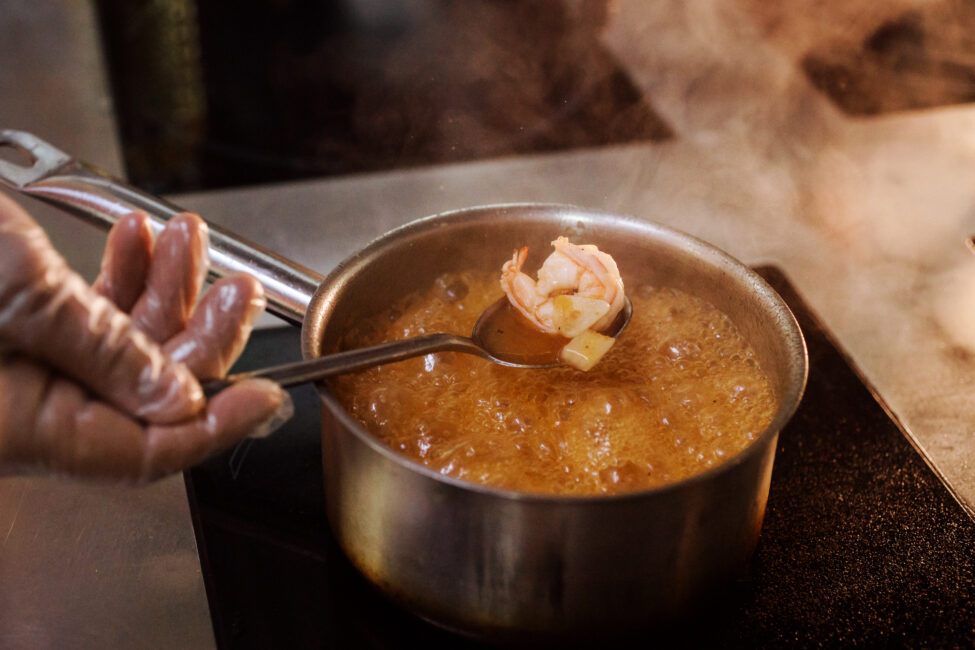
How to Roast Raw Shrimp
When you think of shrimp, roasting might not be the first method that pops into your mind. But let me tell you – it’s a game changer. Roasting shrimp in the oven provides an even, controlled heat that locks in flavor and ensures they cook to perfection. No rubbery overcooked shrimp here! Spread them out on a sheet pan, sprinkle your favorite seasonings, and let the oven work its magic. If you’re after a foolproof way to get shrimp that’s both tender and packed with flavor, this method’s for you.
- Preheat the oven to 400F and line a sheet pan with parchment paper.
- Place shrimp on the sheet pan in a single layer and drizzle with a little olive oil and sprinkle with salt and pepper.
- Cook for 8-10 minutes, until shrimp are pink and firm. Toss the shrimp in a Buddha bowl sauce at the last minute.
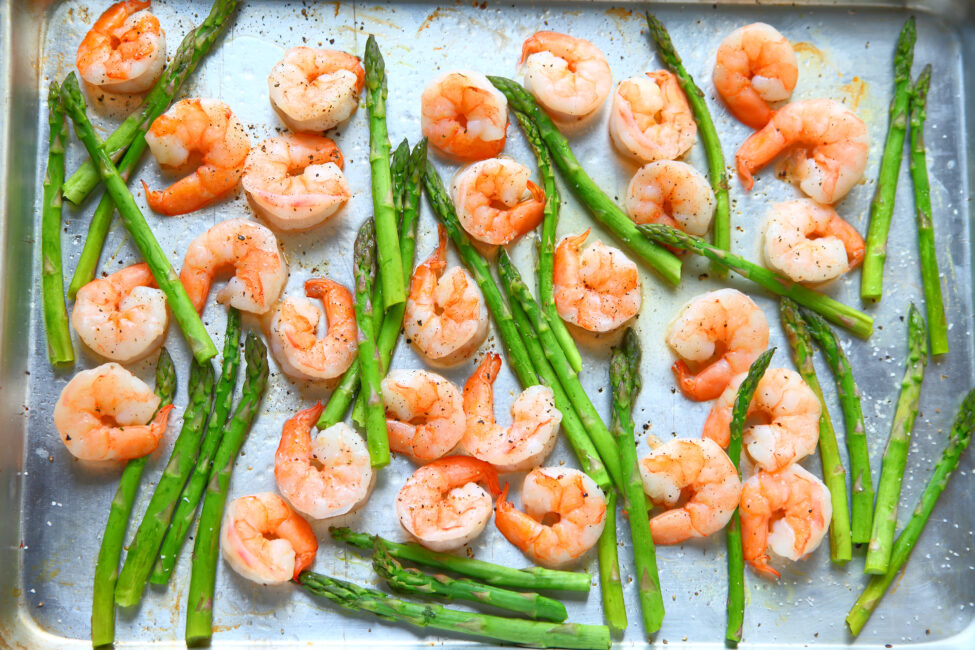
How to Pan Sear Raw Shrimp
Ever have those moments when the shrimp craving hits hard and you need them on your plate right now? Enter the world of pan-searing. It’s not just about speed, though that’s a major perk. It’s about achieving that slightly crispy exterior while ensuring the inside remains as juicy as ever. The key? A hot pan and a watchful eye. No distractions – give these little sea treasures the full attention they deserve. Finish them with a splash of lemon or toss them in a quick sauce, and you’ve got a gourmet meal in under ten minutes.
- In a skillet over medium high heat add 1 tablespoon of olive oil.
- Add shrimp in a single layer and cook for 1 minutes 15 seconds on each side.
- Toss cooked shrimp in a Buddha bowl sauce to finish shrimp.
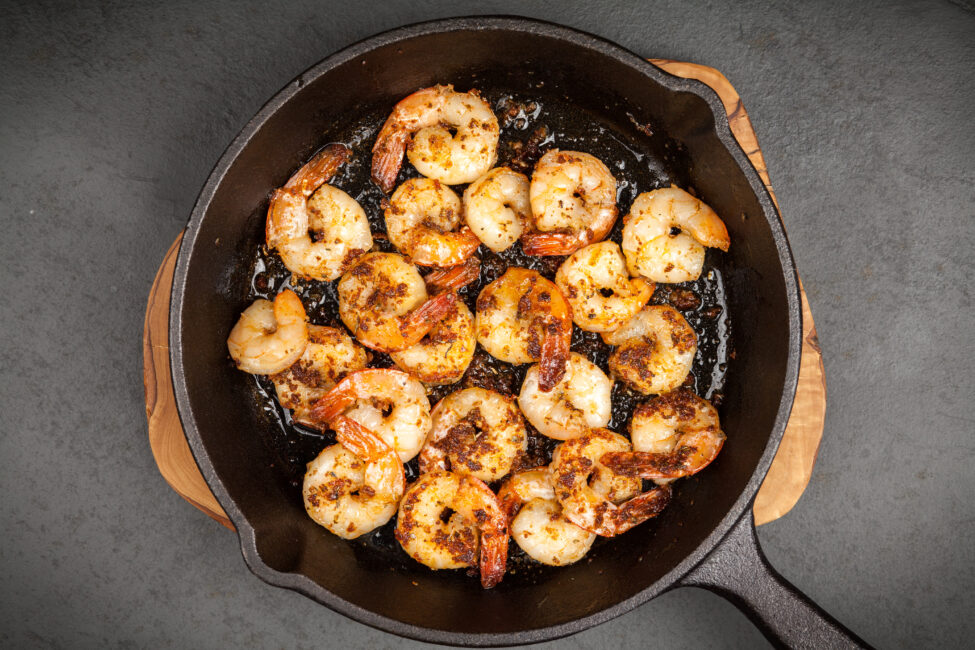
Shrimps in a cast iron skillet
How to Grill Raw Shrimp
There’s something undeniably special about grilled shrimp. Maybe it’s the smoky notes from the grill or the sheer joy of cooking outdoors. Whenever I grill shrimp, it’s not just about the end result; it’s about the experience. The gentle sizzle as they hit the grates, the aroma of charred goodness filling the air – it’s pure culinary bliss. And let’s not forget the skewers! Whether you’re marinating them or going au naturel, grilling brings out a depth of flavor that’s hard to beat. So, next time you fire up that grill, give your shrimp the spotlight they deserve.
- If using wooden skewers, soak in water for 30 minutes before grilling. Alternatively you can use metal skewers, or none at all.
- Marinated shrimp in Buddha bowl sauce for 30 minutes before grilling.
- Preheat the grill to medium-high heat and clean the grill grates.
- Thread shrimp on skewers and brush oil on the grill grates.
- Place skewers on the grill cooking for about 5 minutes until they begin to turn pink on each side.
- Remove from the grill when shrimp are bright pink and the middle of the shrimp is opaque.
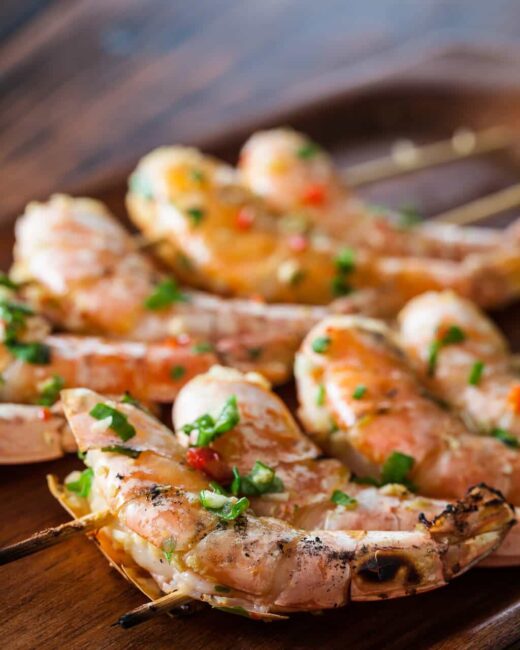
How to Make Leftover Cooked Shrimp
Look, we all love second-day pizza, but leftover shrimp? That’s a bit of a challenge. Not to worry though; you can still make those little critters sing. A quick sear is all it takes to bring them back to life. But remember, we’re just warming them up, so be sure not to overcook them the second time around.
- Heat a skillet with olive oil over medium heat.
- Add shrimp and lay it in a single layer.
- Cook shrimp about 2 minutes per side, until just warmed through.
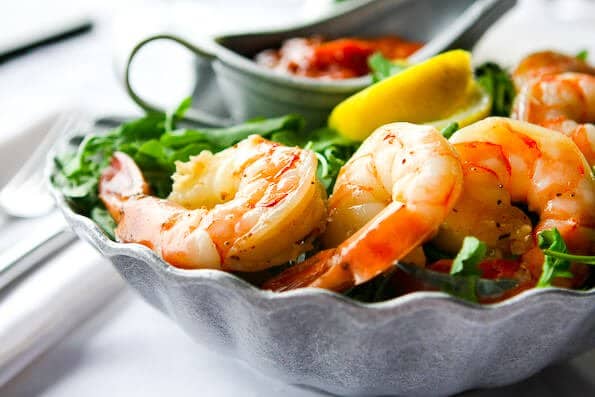
How to Make Cocktail Shrimp or Frozen Cooked Shrimp
Got a bag of frozen shrimp staring at you from the freezer? Whether it’s leftovers from that cocktail party you threw last month or a smart bulk purchase, let me show you how to get those babies from frosty to fabulous. And for the love of all things tasty, skip the microwave. Trust me on this.
- If you want it slowly thawed, place shrimp in a covered bowl in your fridge overnight.
- If you want an instant thaw, put frozen shrimp in a colander and run cold water over them until they become soft enough to bend. Never use warm water to thaw and don’t use the microwave.
- In a pot or deep pan over medium heat, add 3 cups of broth or water and shrimp and cook until just warmed through, or thawed if you want to use it for a cold Buddha bowl!
FAQ: All Things Shrimp
- Why are my shrimp turning out rubbery? You’re likely overcooking them. Shrimp cook quickly, and if you blink, you might just miss it. Ease up on the cooking time, and keep a close eye.
- Fresh or frozen shrimp – which is better? You might not know this, but most “fresh” shrimp at the supermarket were previously frozen. Buying frozen gives you control over the thawing process, and they’re just as tasty.
- Do I really need to devein shrimp? Nope, not unless the sight bothers you. It’s mainly an aesthetic choice. Most shrimp, especially the smaller ones, are fine to eat without deveining. But if it’s a big, juicy jumbo shrimp, you might want to clean it out.
- My shrimp is still undercooked. Can I save it? Of course! Just pop them back into the pan for another minute or so. Just remember, they cook quick!
- How long can I store cooked shrimp in the fridge? About 3-4 days, but they’re always best enjoyed fresh. If they start to give off a funky smell, it’s time to say goodbye.
- Can I marinate shrimp overnight? Shrimp are delicate creatures. If you’re using anything acidic in your marinade (like citrus), keep it to 30 minutes or you’ll end up with ceviche. Otherwise, a couple of hours should do the trick.
- Why are my grilled shrimp sticking to the grates? Two words: Oil. Them. Either brush the shrimp with a little oil or ensure your grill grates are well-oiled. And be patient! Don’t flip them too soon.
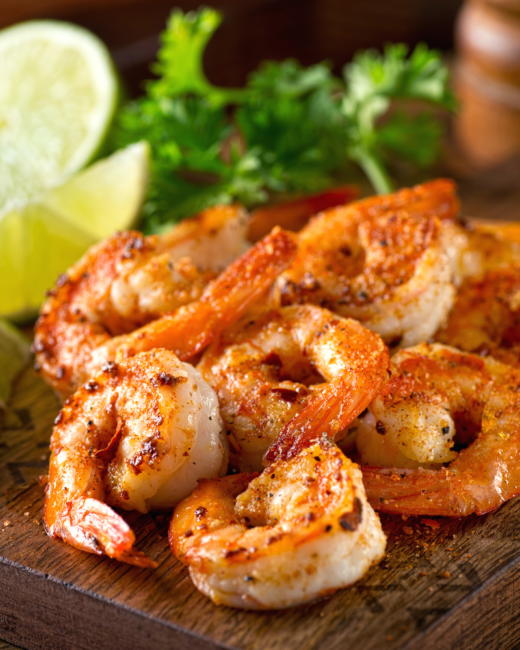
For the Love of Shrimp: Dive into These Dishes
Hungry for more? Dive into these other shrimp-tastic dishes that’ll keep you coming back for more. From spicy firecrackers to creamy miso wonders, there’s a plate for every palate.
- Asian Shrimp Recipes Extravaganza
- Shrimp Teriyaki Stir Fry
- 3-Ingredient Firecracker Shrimp
- Miso Butter Shrimp
- Quick Garlic Shrimp in the Microwave


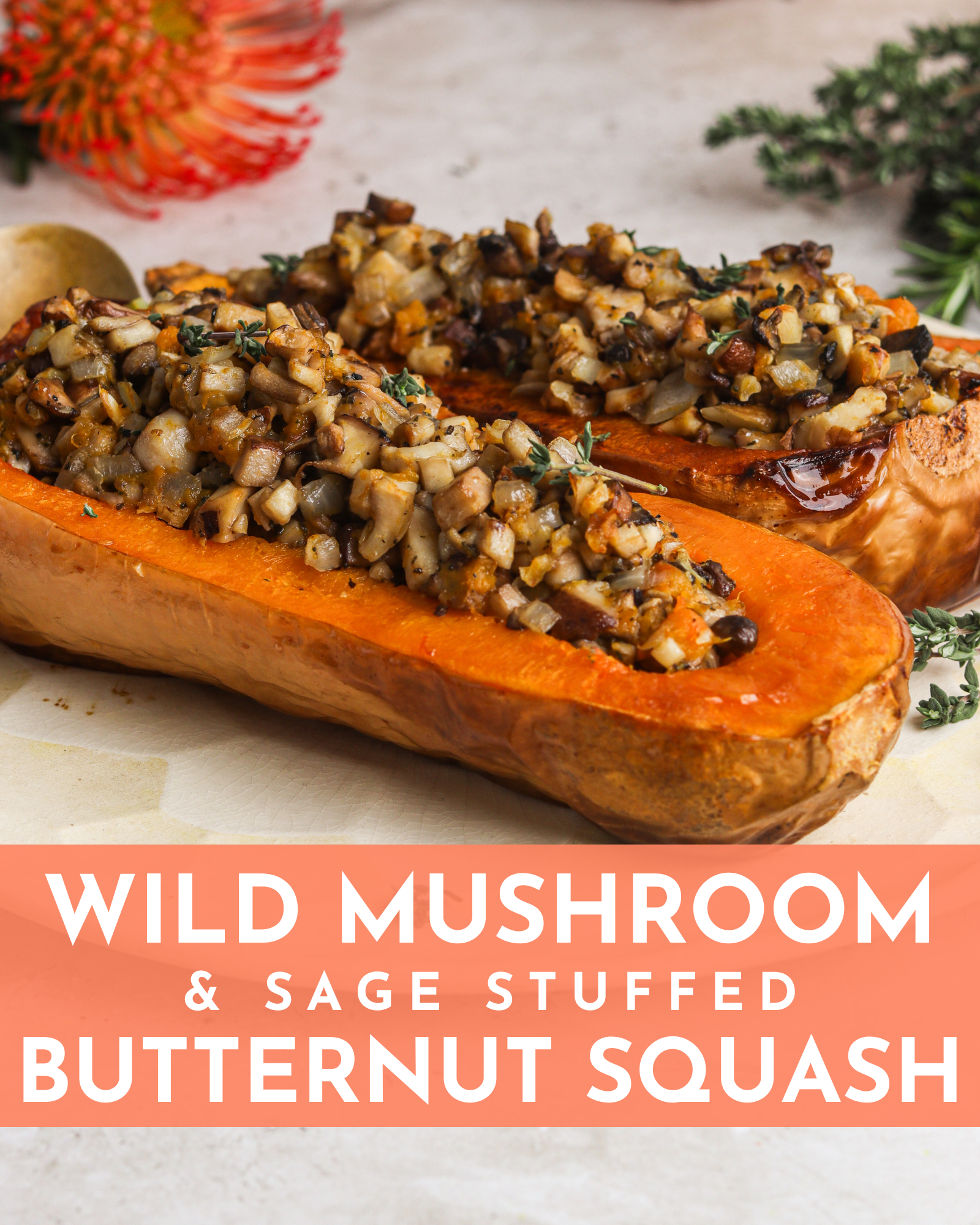
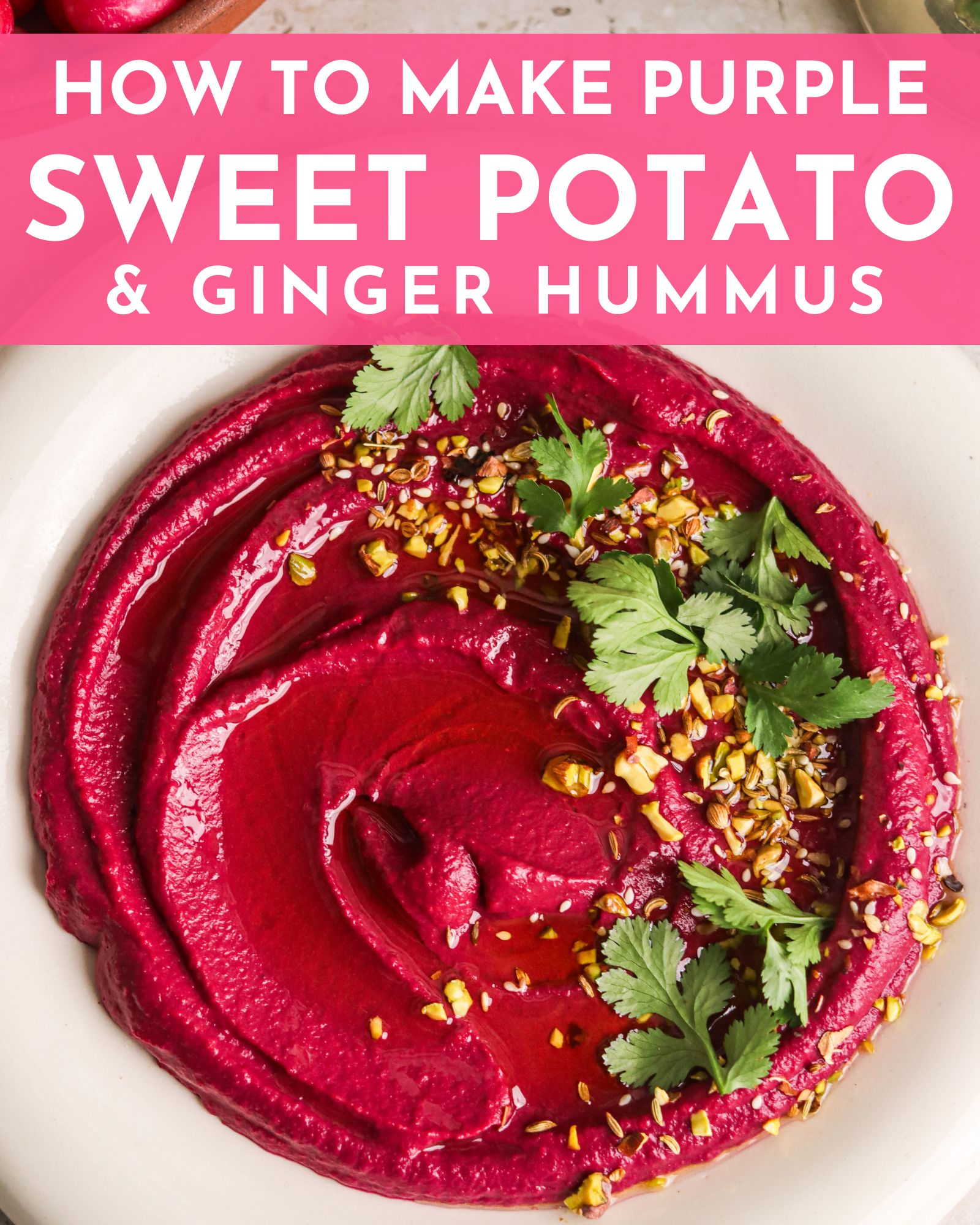
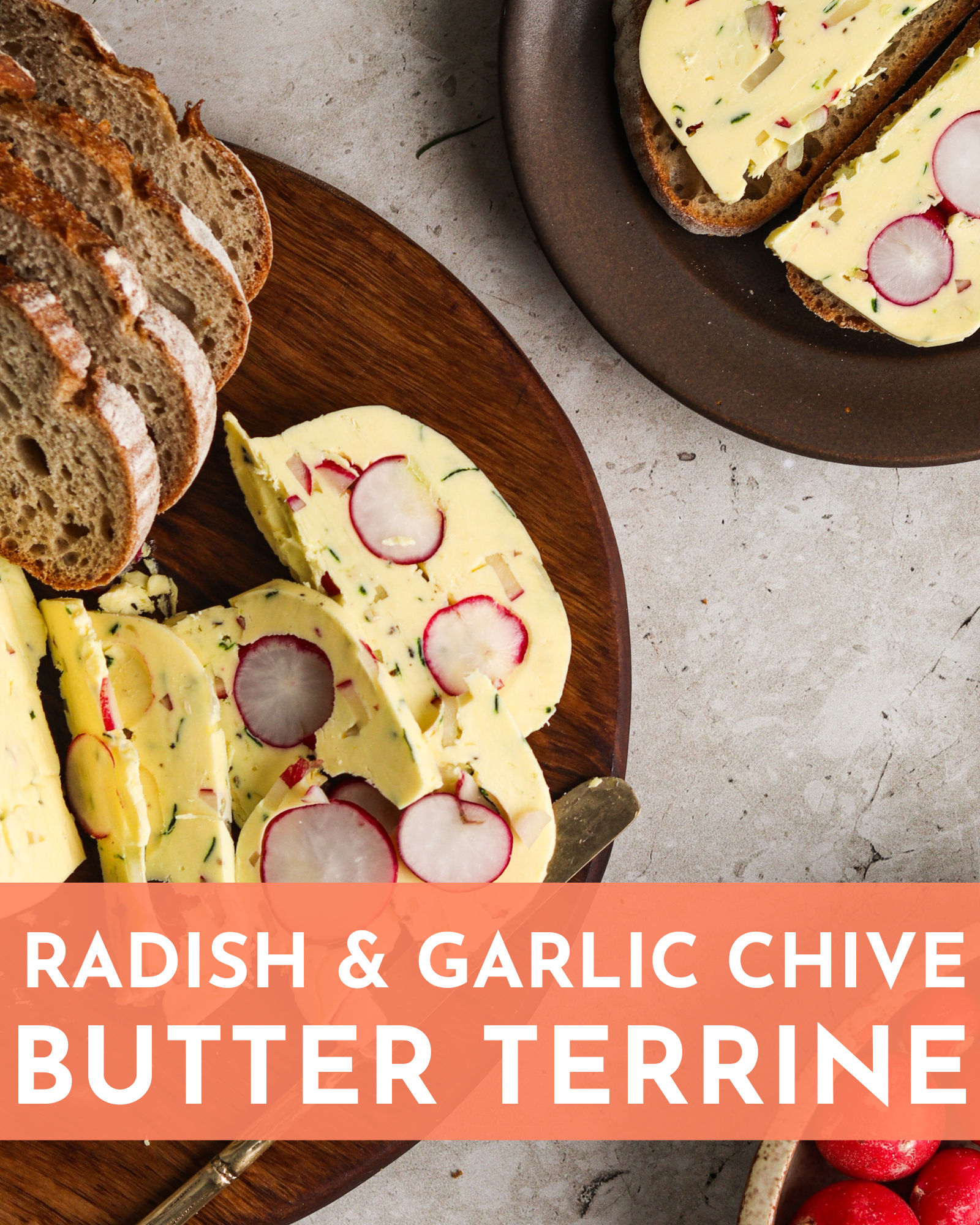
0 Comments